
My adventures of blindly following the advice of strangers continued the next day in Bath. Why Bath? I didn’t know. What’s there? I also didn’t know that. My entire knowledge base going in was that people think it’s beautiful there, and it’s like stepping back in time. That all sounded good to me, so off to Bath I went!
I asked at the hostel about the cheapest way from Bristol, where I was staying, to Bath (because “cheapest” is the key here, not “most efficient” or “easiest”), and I was surprised when the girl told me that I should take the train. It was only 8 pounds round trip which was LESS than taking a bus (when does that ever happen??), and it took 10 minutes instead of close to an hour. Woo! Off to a good start.

My first move when I made it to the city was to make a beeline for the visitors’ center because I had no idea what I was supposed to be doing there. That ended up being my best decision of the day because after I grabbed a map of the city and walked outside, I saw a man holding a “Free Jane Austen Walking Tour” sign. You may not know this about me, but I am a MASSIVE Jane Austen fan. Like huge. I think she’s brilliant and funny and knows how to write a darn good story.
Okay, maybe it’s not right to describe myself as a massive fan of HER because I basically knew nothing about her actual life. I’m just a huge fan of her work. I’ve read all of her books, some of them multiple times, and each time I think they get more entertaining (probably because each time I understand them a bit better… between the British English and the fact that they were written in a different time period, it can be a challenge to catch all of the humor).
I wrote a separate post about the intimate details I learned about Jane’s life, but the tour was cool because the guide (dressed as Mr. Knightley from Emma) didn’t only explain places that directly related to her; he also talked about major sights in town.
First, let me give you a little background on the city of Bath. Bath is located at the site of the only natural hot springs in the UK. It was originally settled by Celtic tribes who thought that the springs were a gift from the gods, specifically their goddess Sulis. When the area was conquered by the Romans in the first century AD, the city and the baths were Romanized. I’ll talk more about the baths later, but for now, just appreciate the incredibly creative naming of the city… It all makes sense now, eh?
Back to the tour. We walked past the Bath Abbey (the main cathedral), and Mr. Knightley explained that none of the aristocratic class used to go there because it was considered smelly and touristy, and at least the latter is still true today. Apparently, they used to put the corpses of the rich in the crypt underneath the church instead of properly burying them, so it literally smelled like rotting bodies. EW. Due to this, the shops that were directly against the walls of the church didn’t have to pay taxes. CAN YOU IMAGINE?? That’s disgusting. At some point after that, they decided that maybe it was kind of gross to leave bodies out to smell up the place, and they were buried instead.

There has been a church on the site of the current abbey since the 700s AD, but this building has been there since about the 1500s with major restorations done in the late 1800s. It’s built in the Gothic style, and one of the major features is these angels climbing up “ladders to heaven” on the front façade. Mr. Knightly told us that there’s a story that the Puritans shot off their heads and wings because they were anti-ornamentation, and who knows what’s true except for the fact that some of them are definitely missing heads and wings…
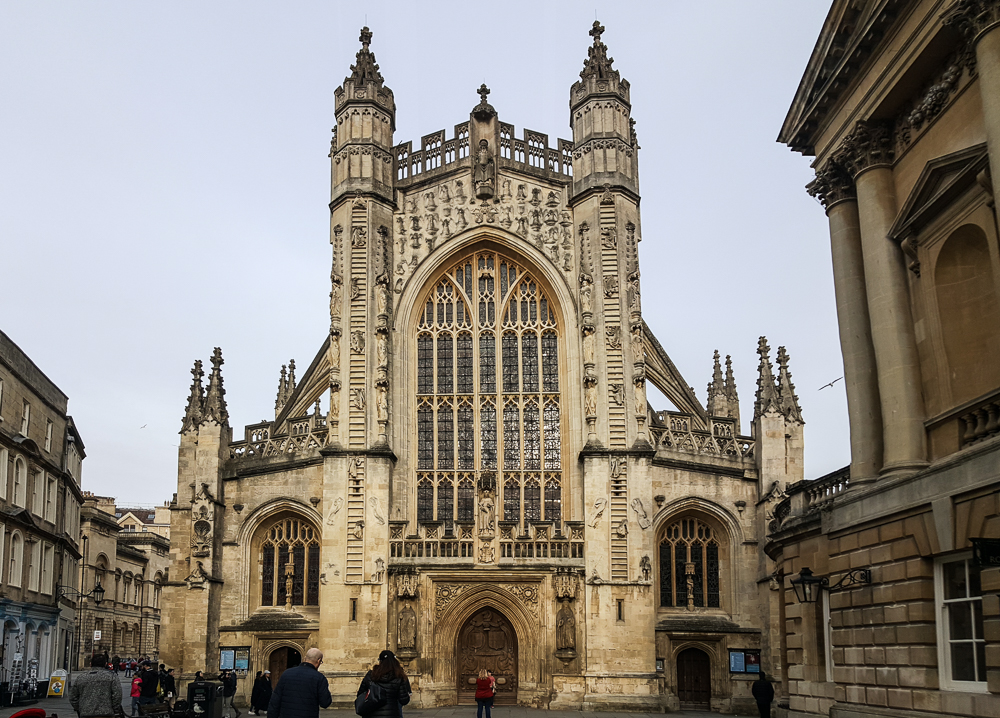
The Roman Baths are right near the abbey, and next to those, there’s the Pump House which was a fashionable place for people to hang out in Jane’s day. You could drink water from the spring which supposedly has healing properties, and I learned later in the day that this water was piped up directly from the bath pools… which means people were basically drinking dirty bathwater.
Next to the Pump House is the King’s and Queen’s Baths which was one of the most popular places to “take the waters”. It also contained a book where, during Jane’s time (the early 1800s), you would write when you arrived in town so that everyone would know you were there. It was a time of people knowing everyone else’s business, including how much everyone was worth.
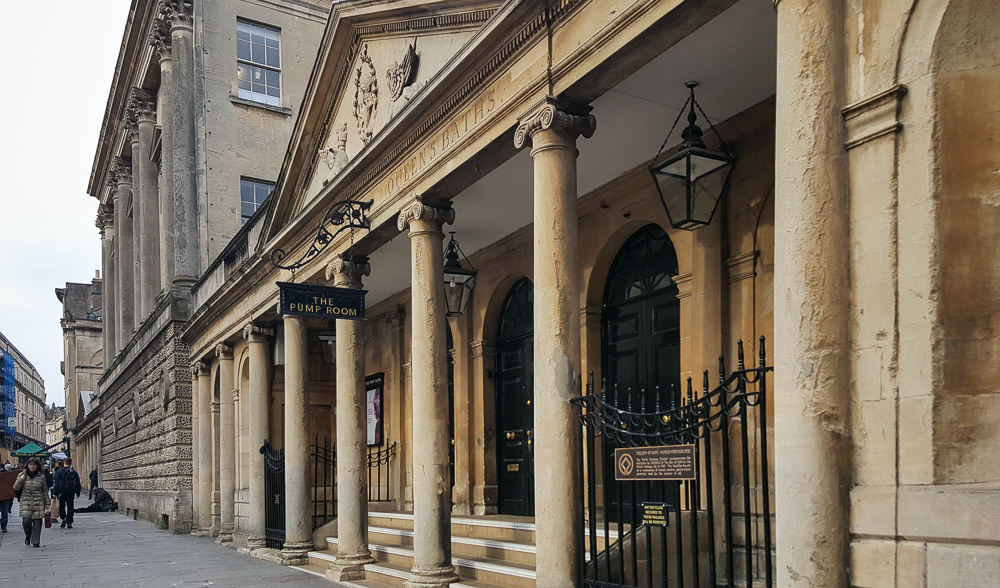
Architecturally, the city is primarily built in the Georgian style. In 1814, the entire city was rebuilt with one main architect, John Wood the Elder. Important buildings were reconstructed in this style, and less important/older ones were simply refaced with a proper façade.

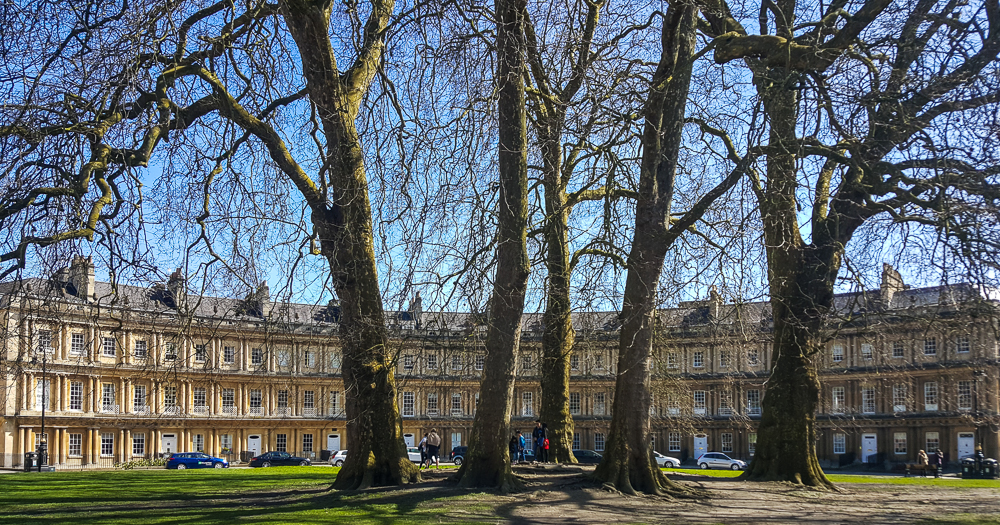
One of the interesting features in town is called the Royal Crescent. This was built by John Wood the Younger, and actually, he only designed the curving façade. People purchased a certain length of the façade and then could build whatever they wanted behind it! So, something may look like two houses from the front but actually be only one. Mr. Knightley said that this was the typical Bath way… it was all about having the appearance of high society. The actual substance was less important.
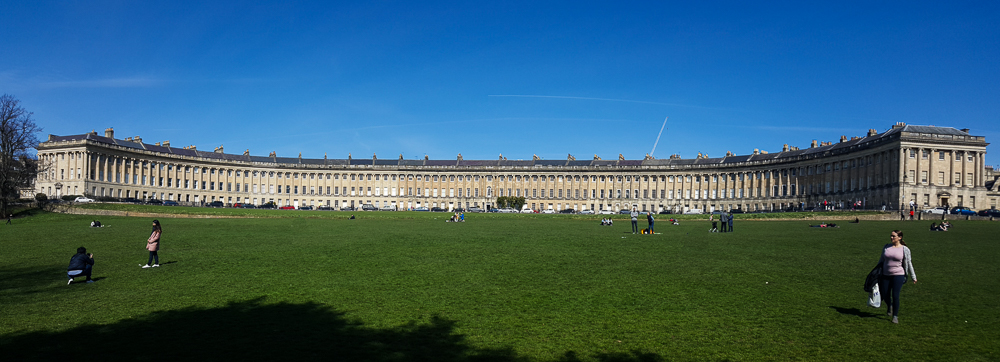

In the center of the city, the three primary streets are Quiet Street, John Street, and Wood Street. He told a story about the meeting to name the streets of the new city of Bath. The architect, John Wood, wouldn’t shut up, so the guy in charge of the meeting yelled, “QUIET, John Wood!” and so, they had their first three street names. This sounds like a myth to me, but the streets do exist, so maybe not?

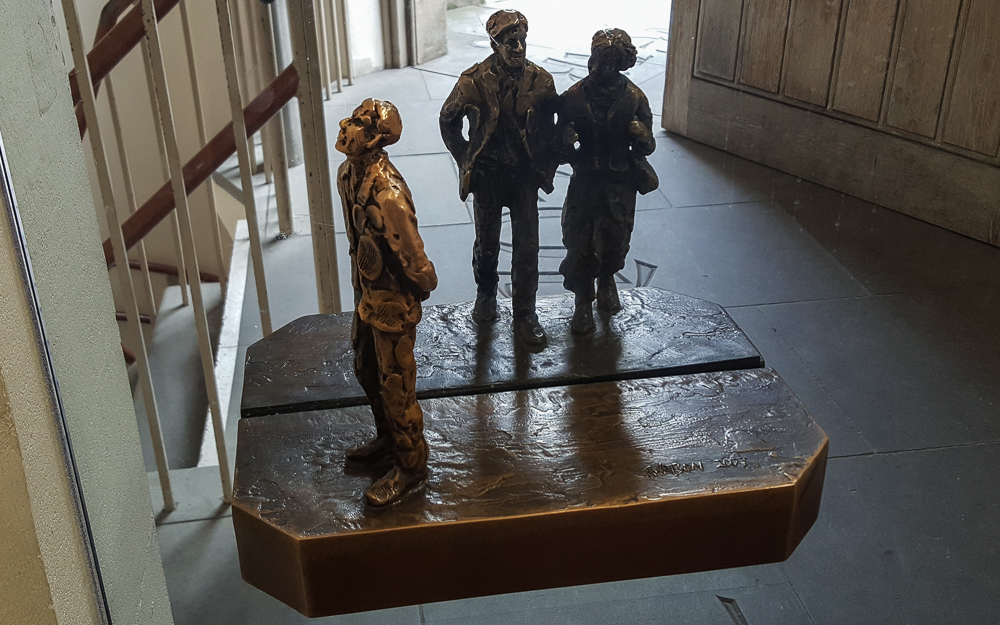
After the tour, I walked to the Botanical Gardens. It was the PERFECT time of year to go because the flowers were blooming, and things were actually green!
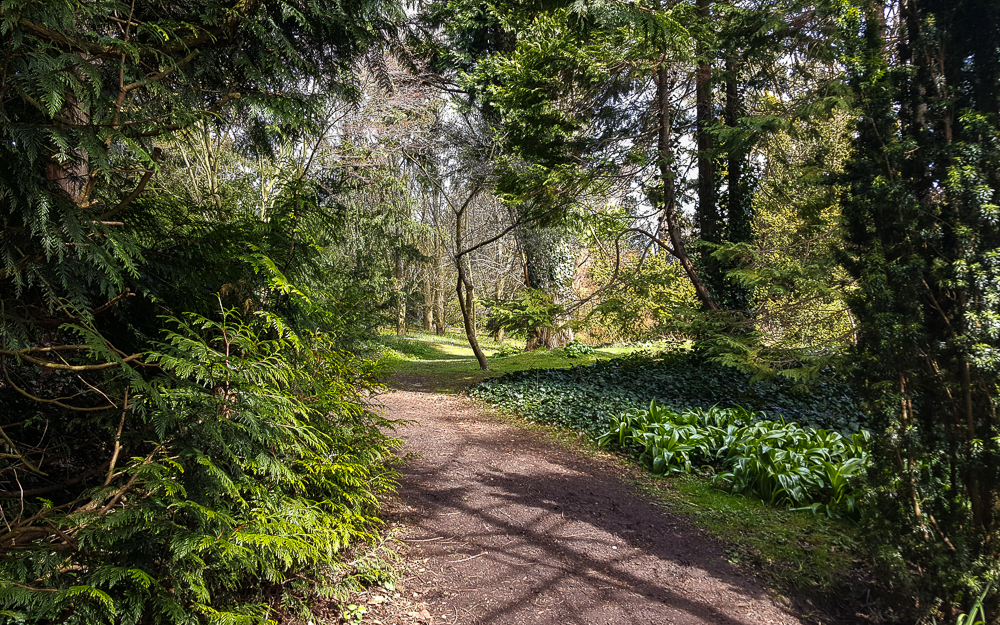

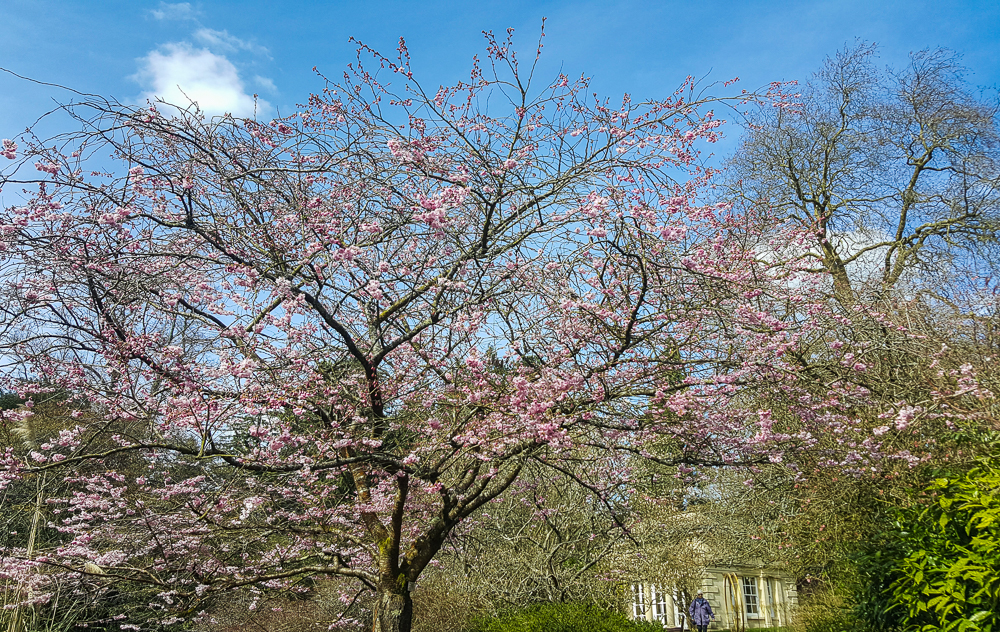
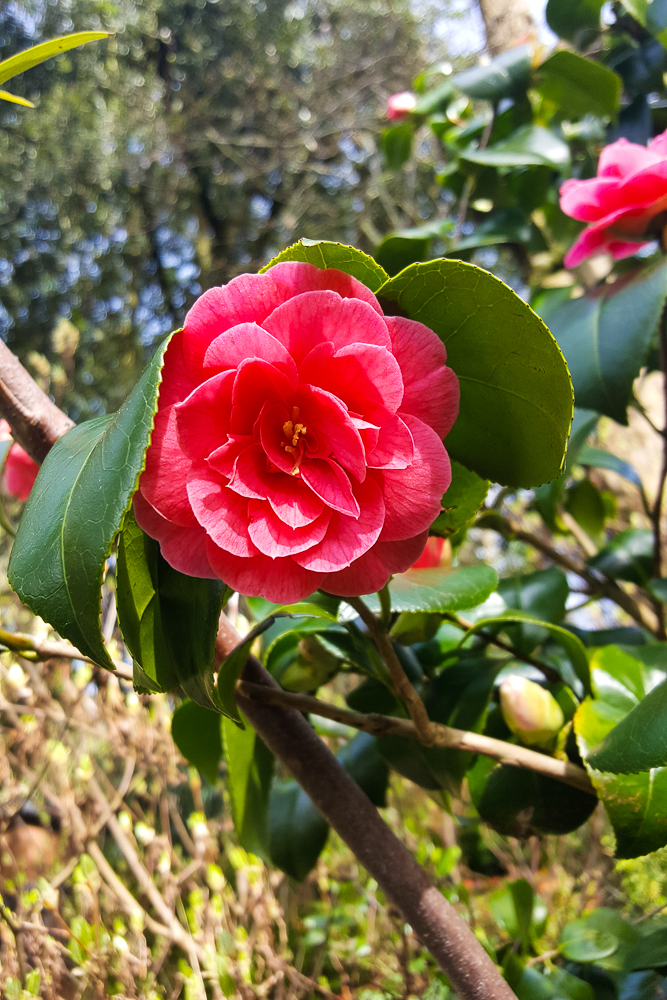

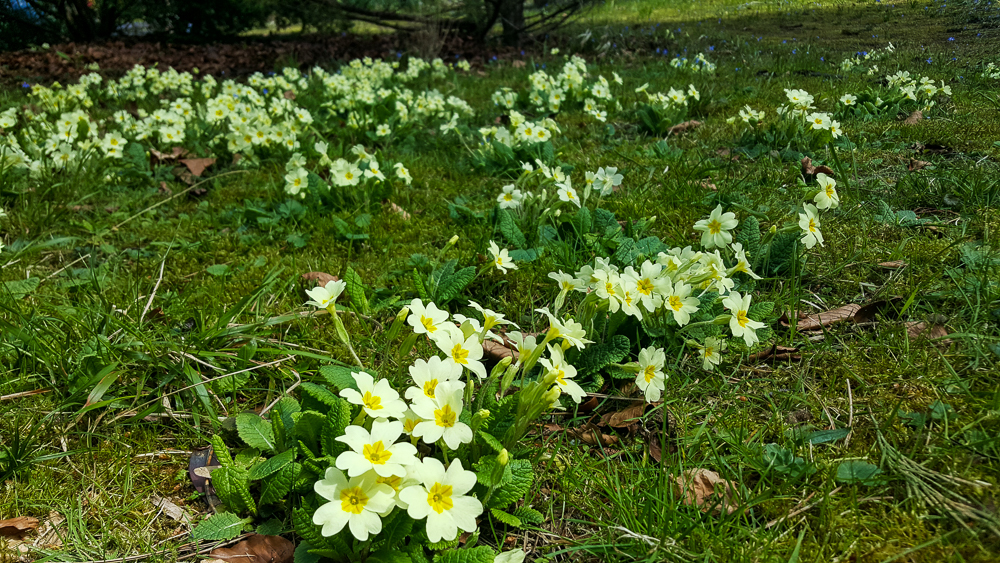
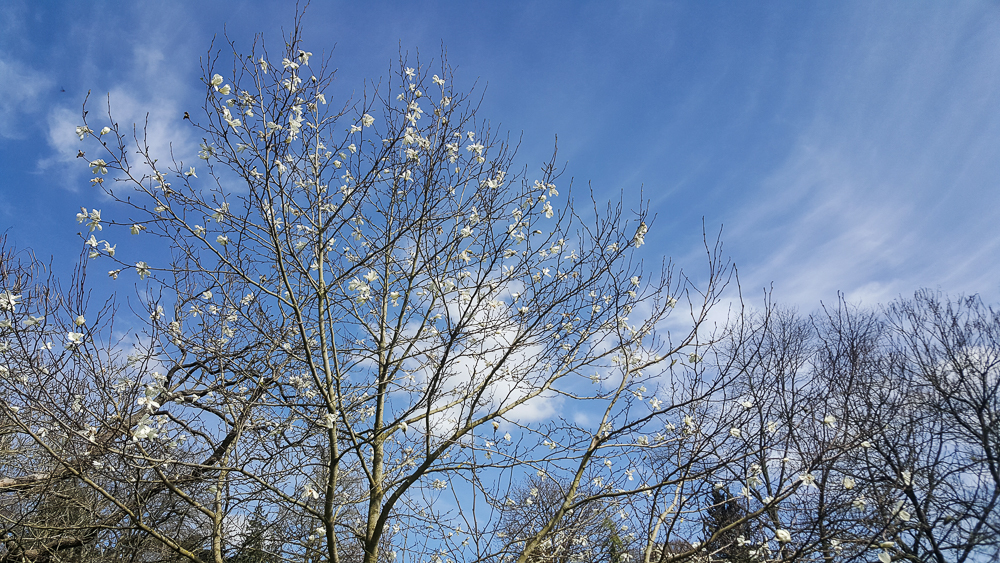
I continued roaming before finally making my way to the baths. Admission was a bit expensive, but it was totally worth it! There’s a museum portion and then the actual baths. For the museum, there was a free audio guide, and when I got to the baths part, I was just in time for the last guided tour of the day which ended up being fantastic!
The temple in the center was dedicated to Sulis (the Celtic goddess) and the Roman goddess Minerva who they considered to be the same goddess by a different name. These baths are particularly interesting because of the style mixing between the Roman and local tribal cultures. Archaeologists guess that the Romans probably saw parallels between some of the gods that the locals worshipped and their gods, and since they didn’t want to run the risk of offending one of them, the result was these mixed styles.
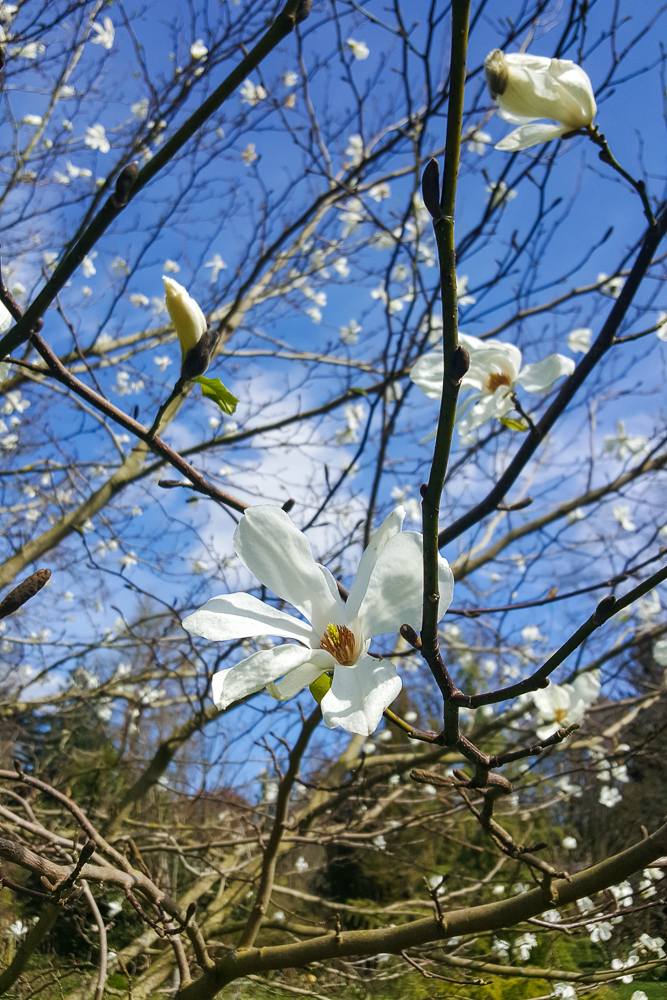


The baths are fed by 10,000-year-old rainwater that goes 3km underground and comes up at 37 degrees C. The local tribes, and later the Romans, thought that it had healing properties, so the bathhouse was one of the first things to be built by the Roman conquerors. The land around the springs was dried, and the temple was built.
In classic Roman form, the design pushed the engineering boundaries of the time. The main bath pool originally had a 20m-high roof. The first iteration was made of wood, but that rotted quickly because of the heat and moisture from the pool. It was replaced with a roof made of hollow bricks.
One of my favorite things was curse tablets. If someone was wronged, for example if something was stolen from them, they would buy these little lead tablets and write what was stolen, who took it (or a list of suspects if they didn’t know for sure), and a request for Minerva to curse them in whatever way they saw fit. They would roll these up and then throw them into the main spring pool. If the tablet floated, it was said that the curse would come back on the curser, so people were sure to make them heavy and fold them up really well.

“May the person who has stolen Vilbia (possibly a slave) from me become as liquid as water… who has stolen it: [list of names of people the author suspects]”
“I curse him who has stolen my hooded cloak, whether man or woman, whether slave or free, that the goddess Sulis inflict death upon… and not allow him to sleep or have children now or in the future.”
That second one seems like a bit of an extreme curse for stealing a cloak, but hey, what do I know?
We walked through the different rooms of the baths, and the guide explained what each was used for. First was the changing room where people would prepare for the bath process. The baths were affordable, so people of all social classes used them. The rich came more often and had servants to help them and to guard their belongings. The poorer people undressed themselves and didn’t have anyone to watch over their stuff which often led to thefts (and people asking Minerva for curses).

After undressing, bathers moved into the tepidarium, the warm heat room, for cleaning and hair removal. People removed all of their body hair from the neck down. If you were rich, you could afford a blade to shave it. Otherwise, you were stuck with plucking… EEK! When your hair was all removed, you were massaged with oil (to clean you, obviously) and then sent to the next room, the caldarium.
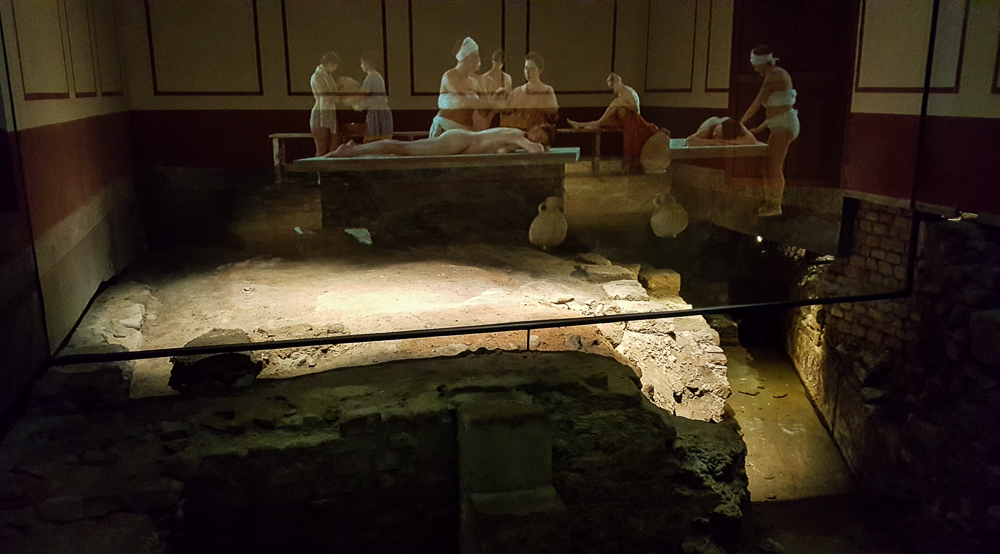
This was the hot room and was like a sauna. It had a raised floor that contained an underfloor heating system. In this room, people sweated, and the oil from the tepidarium was scraped off. What was done with this sweaty oil? Glad you asked. If it was used by someone important, sometimes it was sold by enterprising Romans as a face cream so that you could absorb some of the essence of the person who used it. Otherwise, it was probably sent back to the tepidarium and reused. Hygienic, huh?
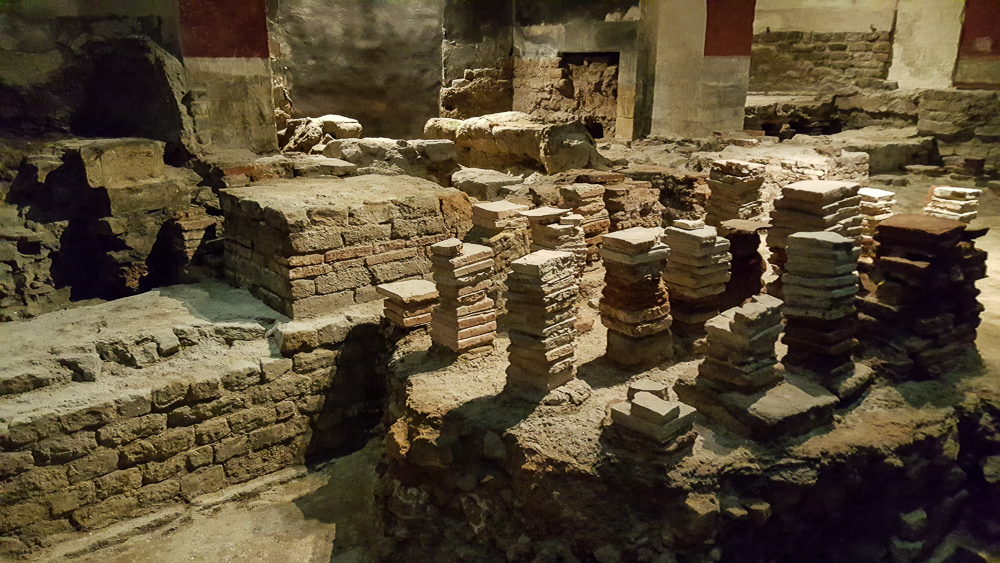
After being “cleaned”, people moved to the main pool which was a big social hub. You could buy wine, and to sweeten it, they would often add lead powder. The main pool was also lined with lead sheets for waterproofing purposes. Lead pipes carry water throughout the compound… so it’s probably safe to say that literally everyone had lead poisoning.
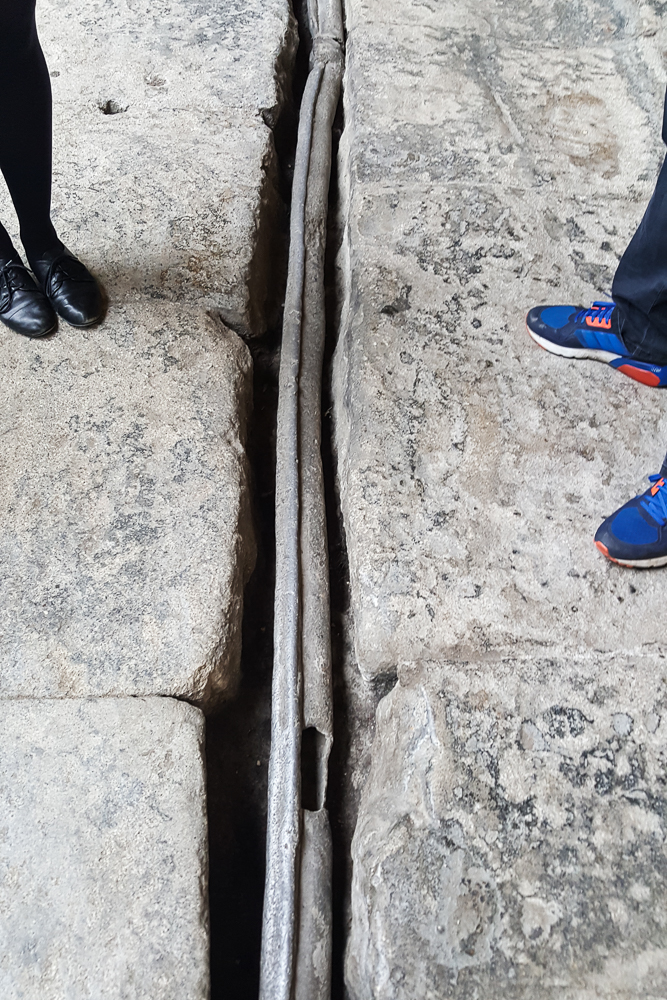
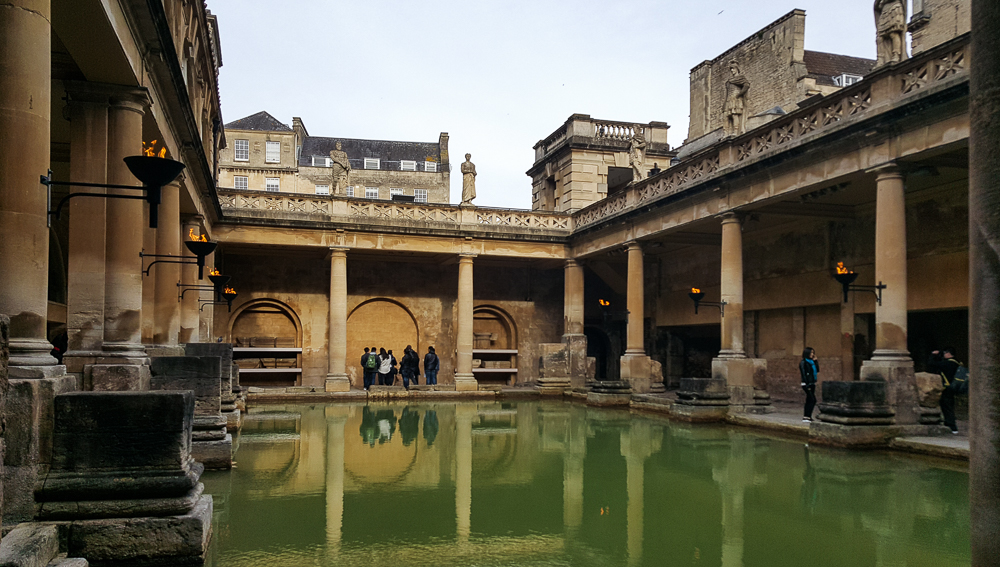

The waters in Bath were believed to have healing properties, so this bath has a special immersion pool for healing. Rather than being healed, however, people probably just ended up passing on their skin conditions to other people in the baths.
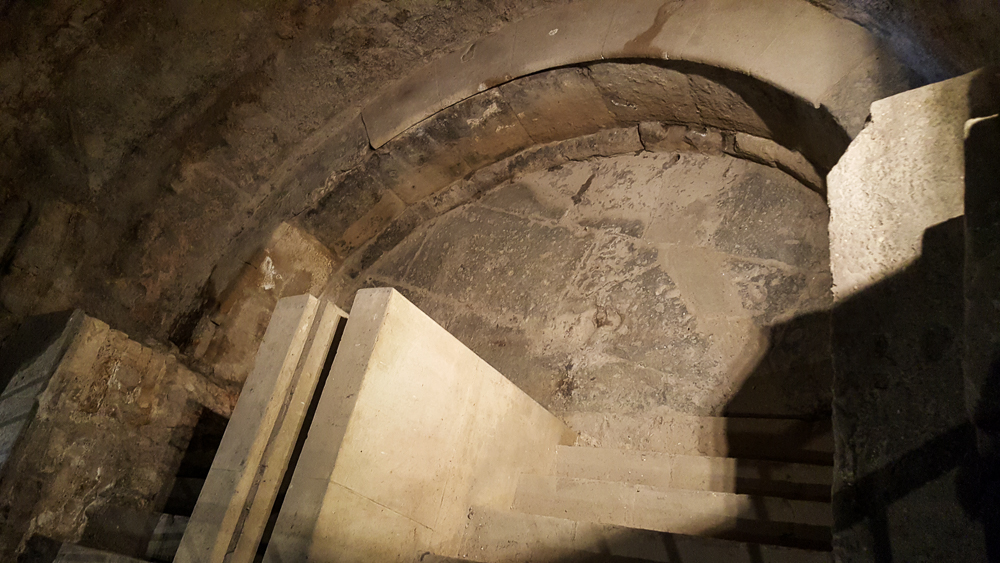
In the early 5th century, the Roman Empire started struggling, and skilled workers were recalled to Rome. No one who was left knew how to maintain the facilities, so the roof started to collapse. By the 12th century, all evidence of the Roman Empire in Bath was gone. The floor level of the baths is six meters below the modern-day street level!
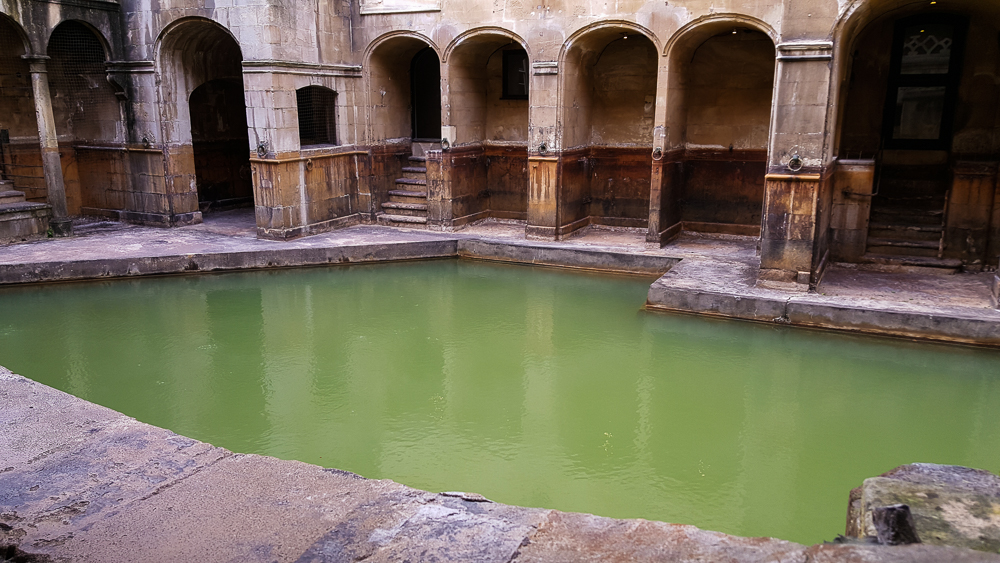

In the late 1800s, people’s basements started filling up with water which led to an investigation to understand why. In this process, they discovered the hot springs and started buying up people’s properties to investigate. This process was delayed by 10 years because one person kept holding out and refusing to sell, so they had to wait for him to die (who wants a basement filled with water??). Since then, the Roman Baths have become one of the major tourist attractions in town… and rightfully so because they’re awesome.
I absolutely loved my time at the baths. I thought it was so freaking cool. At the end, you can drink some of the (cleaned) water. It’s disgusting. There are so many minerals in it that it tastes repulsive. The guide said that they considered bottling and selling it, but legally, you need to have the bottling plant at the site of the spring, and they don’t have the space for that. My question is, would people seriously buy it despite the HORRIBLE taste just because it’s supposedly good for you? When they could just take some vitamins instead? Not me!
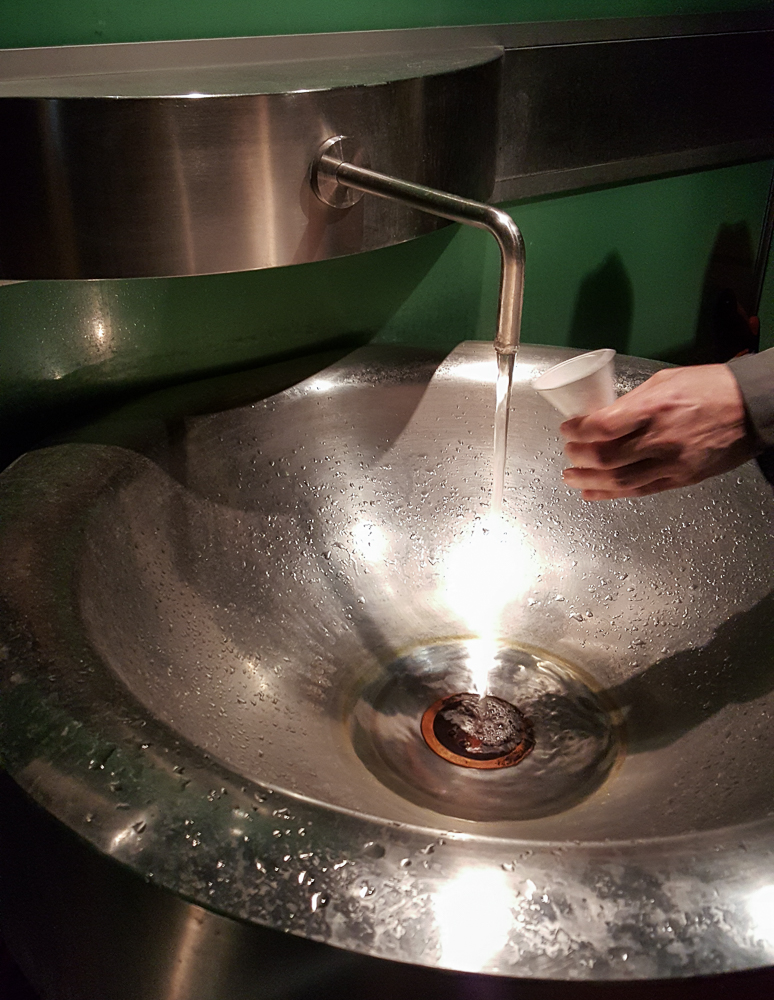
Related Posts
Jane Austen – a Jane-focused walking tour of Bath and a visit to the Jane Austen Museum
Bristol – explore the nearby city of Bristol, England
Cardiff – hop over the border into the capital city of Wales!
History of the Tower of London – learn about the Tower of London, England’s most notorious prison
Inside the Tower – take a look inside the famous Tower of London
